Bet She'an / Scythopolis
Bet She'an sits at a strategically important location in the junction of the Jordan River Valley and the Jezreel Valley. Excavations indicate at least 18 successive ancient towns, with settlement dating back possibly as far back as the sixth millennium BCE. The site is referenced numerous times in the old testament (as Beth Shan in the NIV - Joshua 17, 1 Samuel 31, and others). The Greek name of Scythopolis dates from the Hellenistic city of the third century BCE.
The most visible ruins around which the national park were built date from the first century BCE and include a well preserved Roman-era theatre, hippodrome, cardo, and collection of bathhouses. The city suffered serious damage in an earthquake in 363 and further declined through a succession of rulers until an earthquake in 749 pretty much finished off this location. Subsequent settlement of the area moved to adjacent locations.
This is another of those sites where the drama of the ruins doesn't require much imagination from the visitor. Curiously, the thought that kept running through my mind as we walked down the cardo was whether tourists 2,000 years in the future would walk through the ruins of New York and similarly marvel at the tenuousness of human achievement.

Disembarking

Bet She'an - 19th century buildings
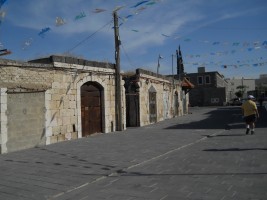
Bet She'an - 19th century buildings
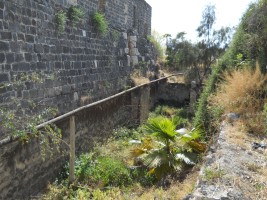
Bet She'an - 19th century buildings
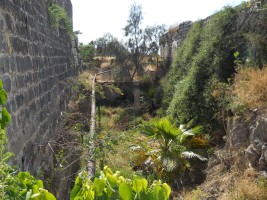
Bet She'an - 19th century buildings
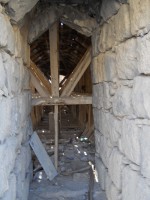
Bet She'an - 19th century buildings

Transport

Hippodrome
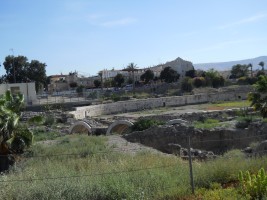
Hippodrome
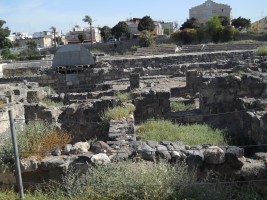
Hippodrome
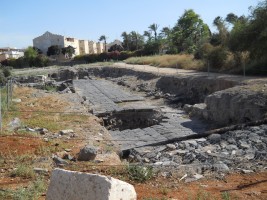
Hippodrome

Tzachi
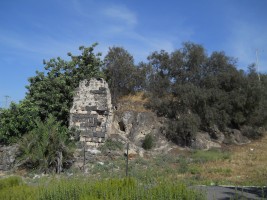
Bet She'an

Site model
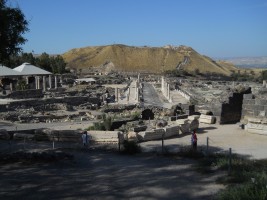
Looking up the colonnade from the south

Ruins from the south
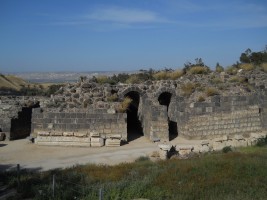
Theatre vomitoria
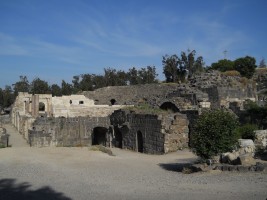
Theatre
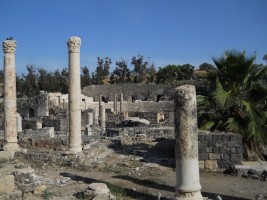
Theatre
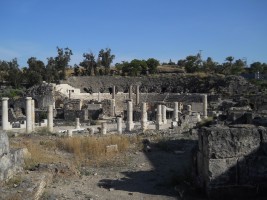
Theatre
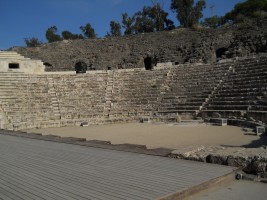
Theatre
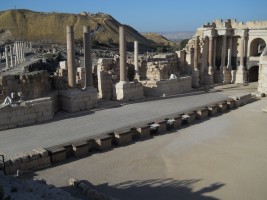
Contemporary stage
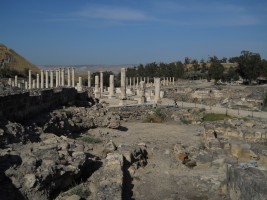
Colonnade
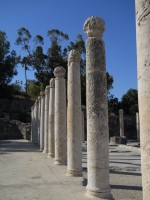
Columns
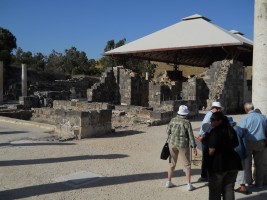
West bathhouse
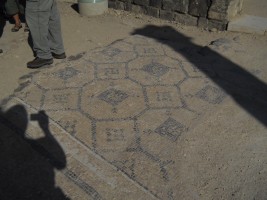
Mosaics
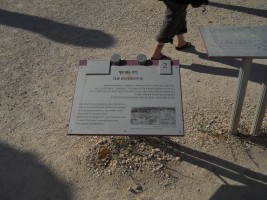
Bathhouse sign

Bathhouse diagram
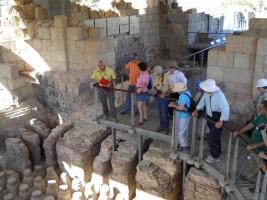
Bathhouse
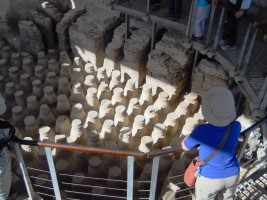
Bathhouse
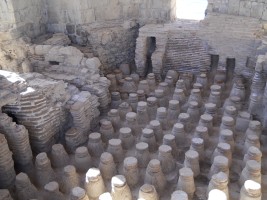
Bathhouse
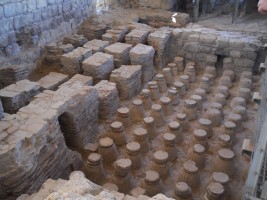
Bathhouse
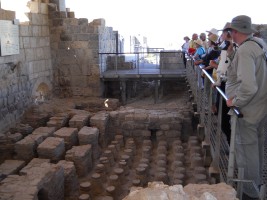
Bathhouse
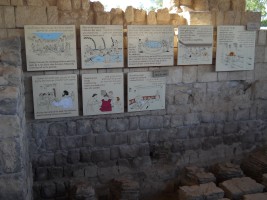
Bathhouse description
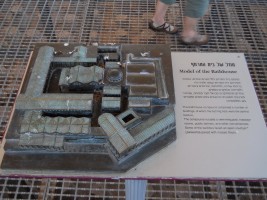
Bathhouse model

Fire chamber
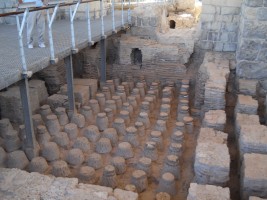
Bathhouse

Toilet sign
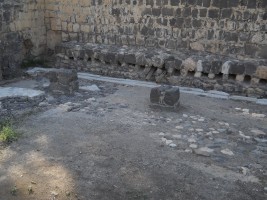
Toilets
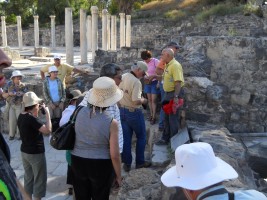
The group
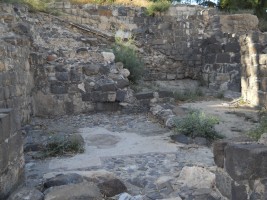
Bet She'an
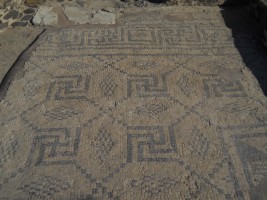
Mosaic
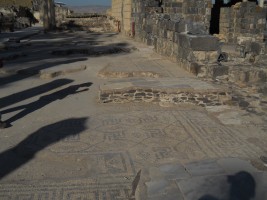
Mosaic
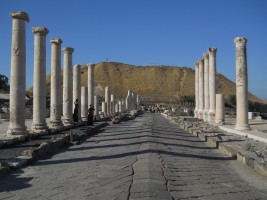
Colonnade

A friend
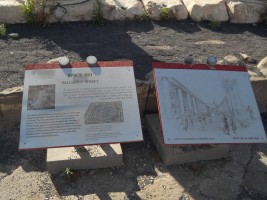
Palladius Street sign
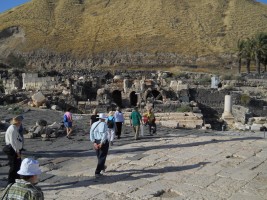
North end of street
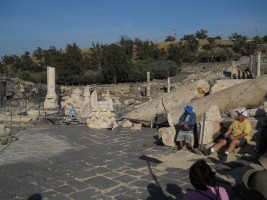
Toppled columns
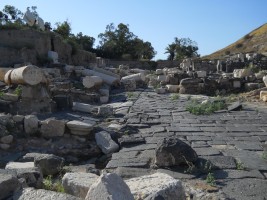
Toppled columns
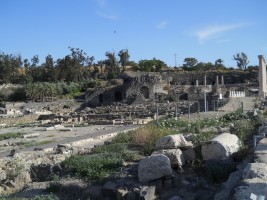
Plaza ruins
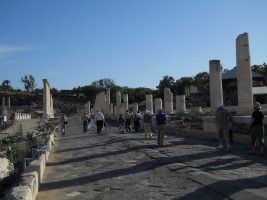
Colonnade
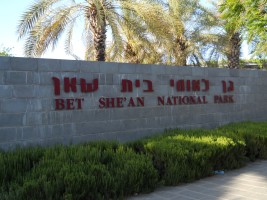
National park sign

Modern Bet She'an